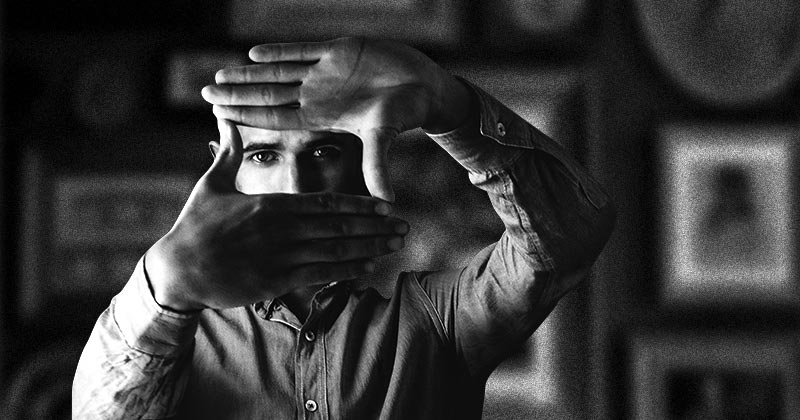As a cognitive bias, framing or frame effect bias is listed as one of the most relevant. It is known as a framing bias when a person’s decisions are heavily influenced by how information is presented. These people are swayed by language structure rather than reasoning from data and facts. When people rely excessively on how information is presented, framing bias occurs. Factual evidence is, therefore, frequently disregarded by decision-makers. Positive or negative sentence construction is acceptable since people often react to presentational tone and style. These ideas colour their judgment.
What do we know about the framing effect of framing bias ?
The framing effect explains how specific presentation aspects, such as positive or negative language, and contextual information, such as anticipated consequences, feelings, and reference points, impact judgements. A frame is anything that gives significance to the information, including the context in which it is presented, the words used, perspectives taken, labels applied, colours used, cultural aspects, images used, emotional elements present, and subtextual or implicit meanings.
Not only are frames given with information, but audiences also infer and adopt them. The effectiveness of a hand sanitizer, for instance, can be expressed as either 99% or 1%. Both convey identical information; however, users’ 99% effective sanitizer is more well-received. This frame either has a gain (99% effectiveness) or a loss (1% ineffectiveness).
Effect of framing bias on decision-making
- Frames highlight wins or losses or portray information favorably or negatively. Furthermore, frames put information into context by contextualizing it by placing it in a frame, such as the worth of a product or a decision. Decision-making is influenced by the varying amounts of attention that people give to frames. For instance, people with a health-conscious outlook are more inclined to select 85% lean steak over 15% fatty beef. A positive frame is used in the first case, whereas a negative frame is used in the second.
- By highlighting particular facts, frames bring attention to a particular viewpoint and set off mental processes. An illustration of framing is having a positive or negative outlook on a glass that is half full. The same information can be analyzed from both perspectives in different ways.
- Based on framing, people alter their decisions. For instance, individuals might favour a vaccine that works in 90% of cases but becomes wary if the same vaccine is touted as ineffective in 10% of cases. People accept chances with negatively framed options when given two similar or equal possibilities but avoid risks with positively framed ones. In general, they avoid sure losses but favour sure gains.
Where is the origin of the framing effect?
The given information and contextual clues, known as frames, make up a scenario’s framing effect. These contextual cues, such as the words used, the colours used, the semantics used to present information positively or negatively, the images used, the person delivering the information, etc., have additional meaning that reduces the cognitive effort required to process the information that is presented.
In general, frames that portray information as wins or losses with risk and certainty are processed differently in the brain. People typically pick the choice requiring the least amount of cognitive work, which is a positive framing with certainty. According to their justification, how framing bias influences judgements depends on the workload placed on working memory, which serves as a temporary repository for information processing in the brain and the types of images produced there.
Different kinds of framing
Using attribute framing, one aspect of a situation or object is highlighted in a favourable or unfavourable manner. Customer action is more likely when the frame highlights a desirable quality. The buyer is less likely to act when the frame emphasizes a desirable undesirable quality.
- Information is framed as a chance that could net you a profit or a loss in the risky choice framework. Customers are more likely to act if options are presented in terms of gain.
- Goal framing promotes engagement by highlighting the consequences of not participating. The client is more inclined to take action when options are presented in terms of what would be missed if they are not chosen.
Marketers have been trying to understand consumer behaviour for a long time. Framing bias is one of the ideas that can support this endeavour, that has been taken up by Newristics. Framing can be described as a person’s response to a certain decision as a result of the way that it is presented in connection to consumer behaviour.
